ToneWoodAmp
A unique effects processor that mounts directly to the guitar adds reverb and other sounds to the unamplified tone of the instrument.
The environment a musical instrument is played in greatly affects how it sounds. But playing in carefully designed concert halls is not something that most musicians regularly enjoy. Reverb, which simulates the natural sound reflection of a room, is by far the most popular effect added to both live and recorded music. Reverb is built directly into many amps (either in the form of a mechanical spring reverb or as a digital processor), but it is also available in pedals, multi-effect units, mixing boards, and rack-mounted studio effects, as well as software plug-ins. But until recently, the effect had to be used as part of an amplification or recording system. Designed specifically for acoustic guitars, the ToneWoodAmp is a multi-effect unit that mounts directly to the back of the guitar and requires no external equipment, changing the way that reverb (and other effects) can be added to your sound. I recently installed a ToneWoodAmp on my 1994 Taylor 712c and tested it in various settings, including the Peghead Nation video studio.
The ToneWoodAmp does require that your guitar have a pickup (for guitars that don’t have electronics, the company offers bundles that include either a Fishman Neo D magnetic pickup or Kremona NG-1 undersaddle pickup), and while it can used with with an amp or PA, its unique, patented technology works by transferring the effect’s sound to the guitar’s back, where it blends with the instrument’s acoustic sound.
Measuring about 5.75 x 3.75 x 1 inches, the ToneWoodAmp is held in place on the back of the guitar with a combination of magnets and two rubber pads with microscopic suction cups. Operation requires the installment of ToneWoodAmps’ “magnetic X-brace” (a plastic assembly that holds four individual magnets) inside the guitar with self-adhesive pads. Once the magnets are in place, it’s easy to install or remove the ToneWoodAmp from the instrument. A short instrument cable connects the ToneWoodAmp’s ¼-inch input with the guitar’s output jack. Additional magnetic X-braces can be purchased, so that you can use one ToneWoodAmp on multiple guitars.
Mounting the ToneWoodAmp on my Taylor was straightforward, using the instructional videos on the company’s website. The electronics setup for my guitar includes a Fishman Rare Earth Mic Blend pickup, and ToneWoodAmp recommends dialing out the microphone portion of a pickup such as this to avoid feedback. Because the particular arch in this guitar’s back, I had to place the ToneWoodAmp slightly further toward the endblock than the recommended position so that the small rubberized cone that transfers the effect sound to the guitar was placed properly.
It was quite startling at first to hear a sound you usually hear only from a speaker coming directly out of the soundhole of my guitar. I found the three reverb settings to be the most useful of the unit’s effects. The ToneWoodAmp’s stock settings include delay, tremolo, auto-wah, leslie, and overdrive. While the overdrive was fun, I preferred the chorus effect, which can be accessed via a downloadable software upgrade that replaces the overdrive setting with chorus. Each effect has three adjustable parameters and they can all be made to sound very good, matching the sounds of typical pedal effects.
I used the ToneWoodAmp during a live radio show, where setting up external effects was impractical, and the reverb greatly enhanced my sound while playing acoustically into a microphone. It was also useful during a rehearsal with another guitarist, where it helped distinguish the sounds of the two guitars. The ToneWoodAmp also works well as a traditional effects processor in an amplified setting. The unit’s DI-mode disables the physical interaction with the instrument, and makes the effect accessible via the ¼-inch output jack. I tried this setup with a Fishman Loudbox Mini Charge amp, and found that all the effects sounded excellent.
Overall, the ToneWoodAmp is a one-of-a-kind product that really has no competition. Having an effects processor directly on the guitar could be a god-send for players who perform in settings with a minimum of setup time, such as open mics or multi-artist showcases. Whether you want to enhance your guitar’s acoustic sound or are looking for a compact processor to use onstage, you’ll definitely want to check out the ToneWoodAmp.
ToneWoodAmp Specs
- Acoustic guitar–mounted multi-effects processor
- Room, hall, and plate reverb; delay, tremolo-delay, leslie, auto-wah, and overdrive or chorus (with software update) effects
- ¼-inch mono input and outputs
- Two USB ports
- Mini-jack for iPhone or iPad interface
- Powered by three AA batteries
- Includes Magnetic X-brace mounting bracket and ¼-inch patch cable
- Made in the USA
- $249 street
Related Instrument Demos Posts
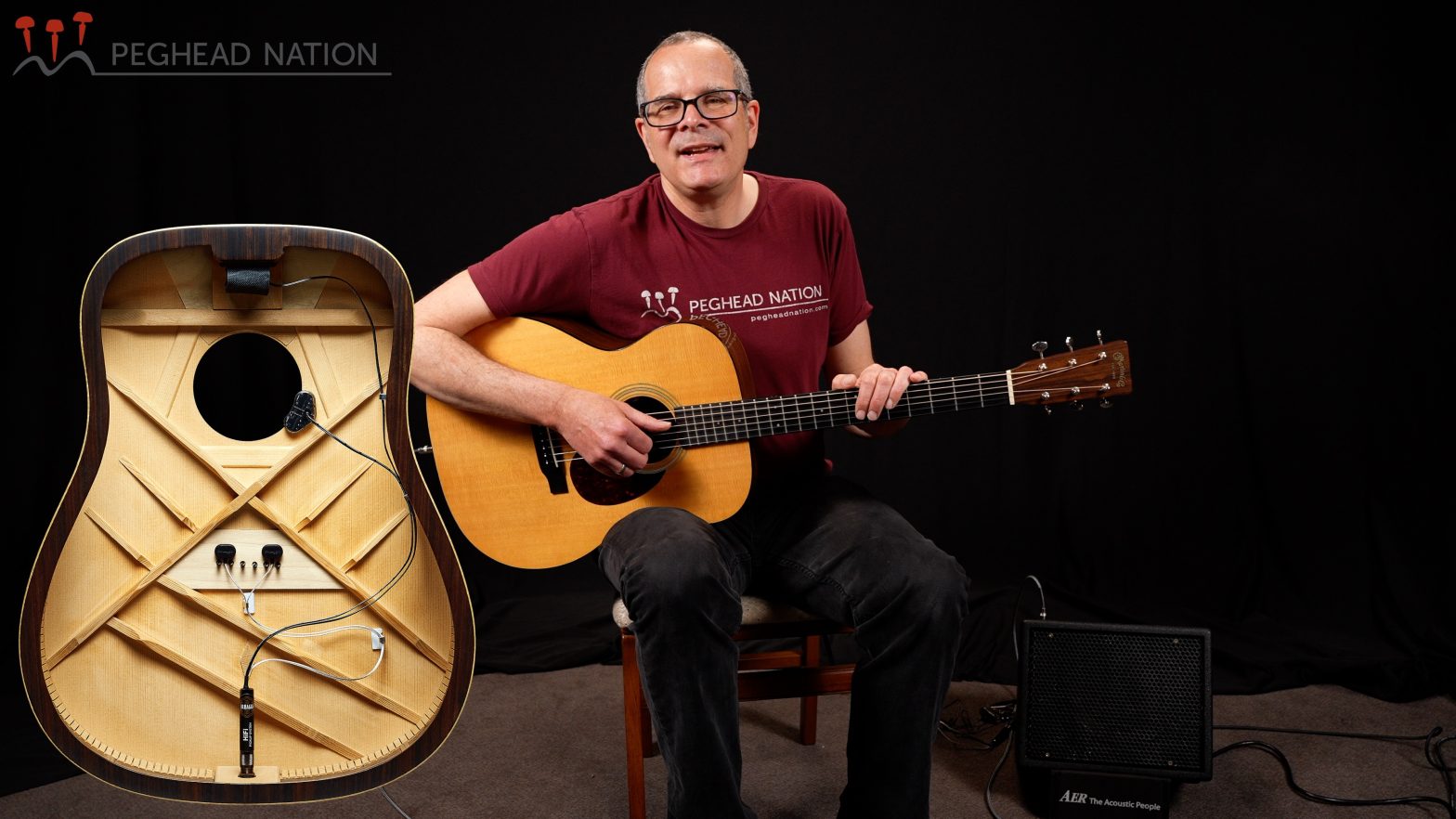 |
LR Baggs HiFi Pickup SystemDual bridge plate sensors and an onboard preamp yield a natural sound for steel-string flattops. Read More |
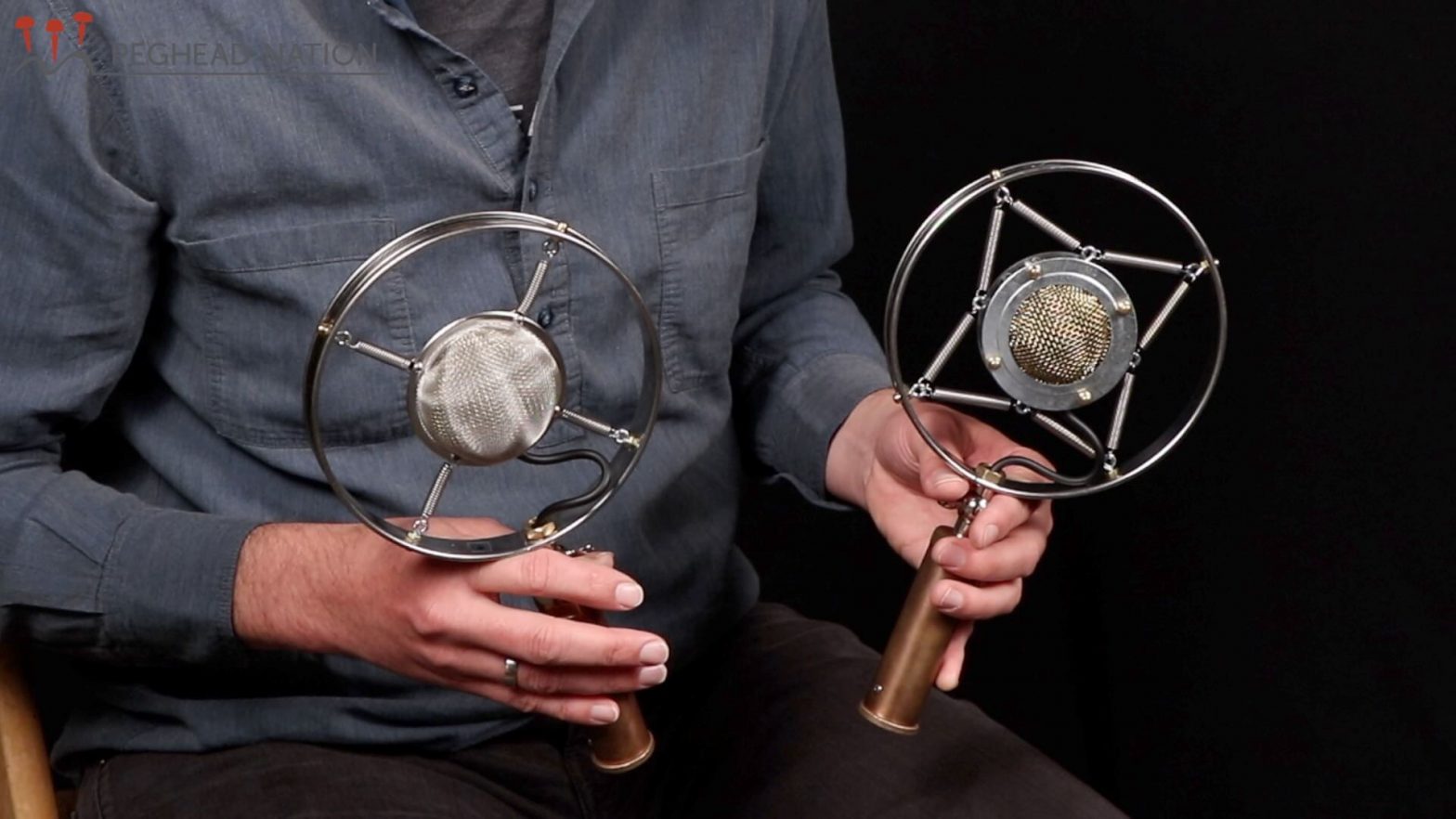 |
Ear Trumpet Labs Louise and MyrtleTwo microphones optimized for capturing acoustic performances. Read More |
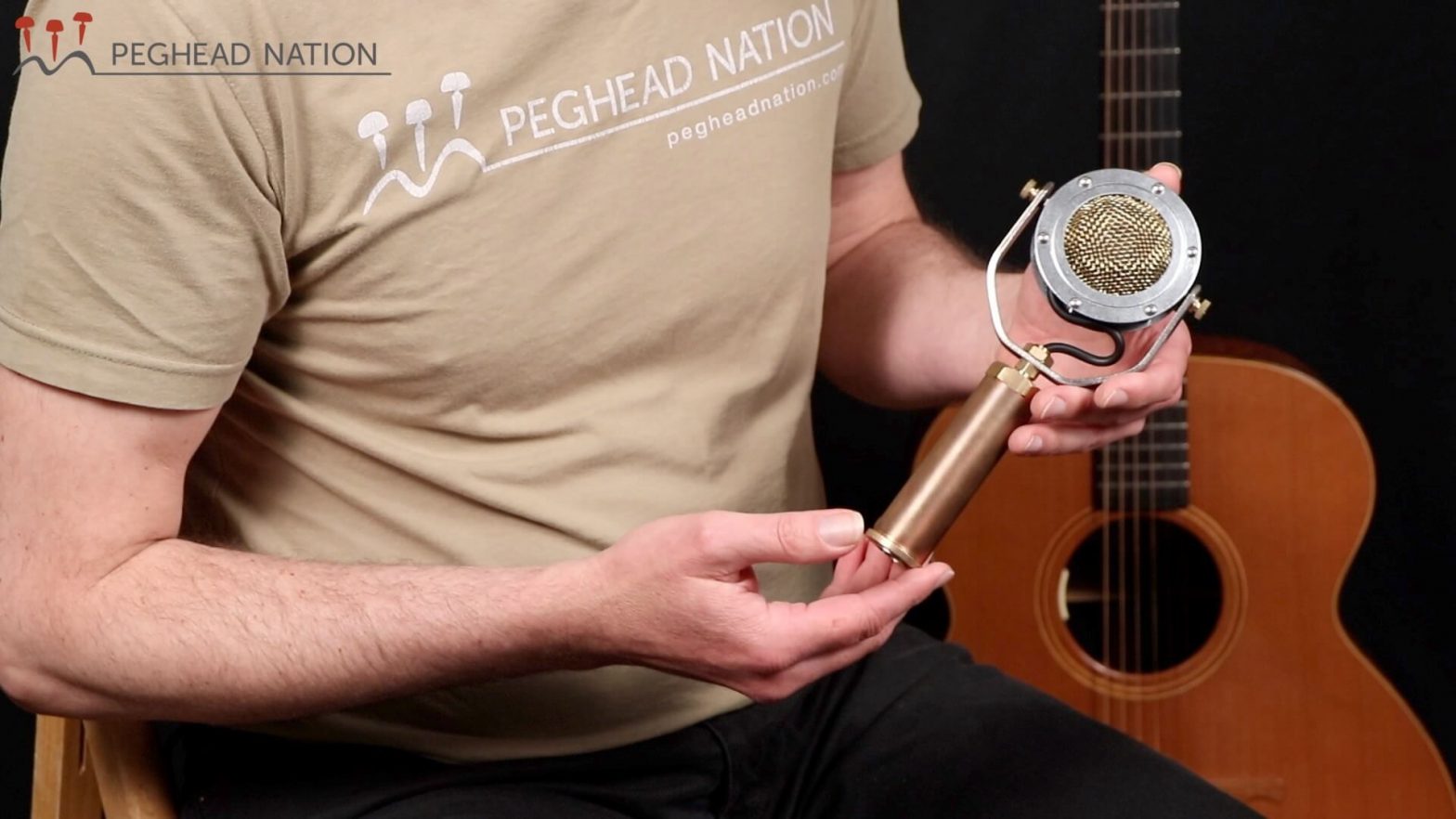 |
Ear Trumpet Labs EdwinaLarge-diaphragm microphone optimized for performing with acoustic instruments. Read More |
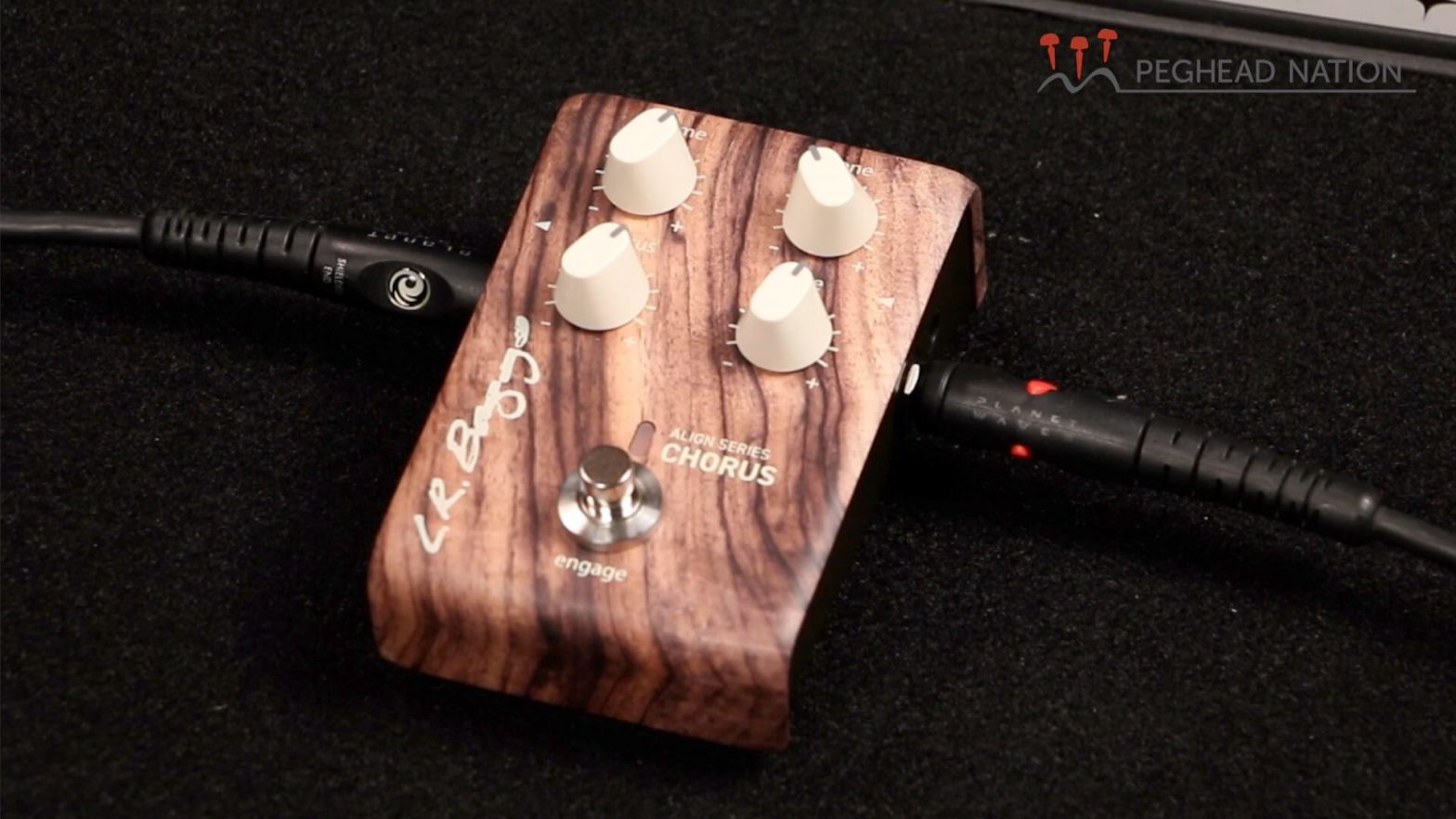 |
L.R. Baggs Align Series ChorusA great sounding, easy-to-use chorus pedal. Read More |
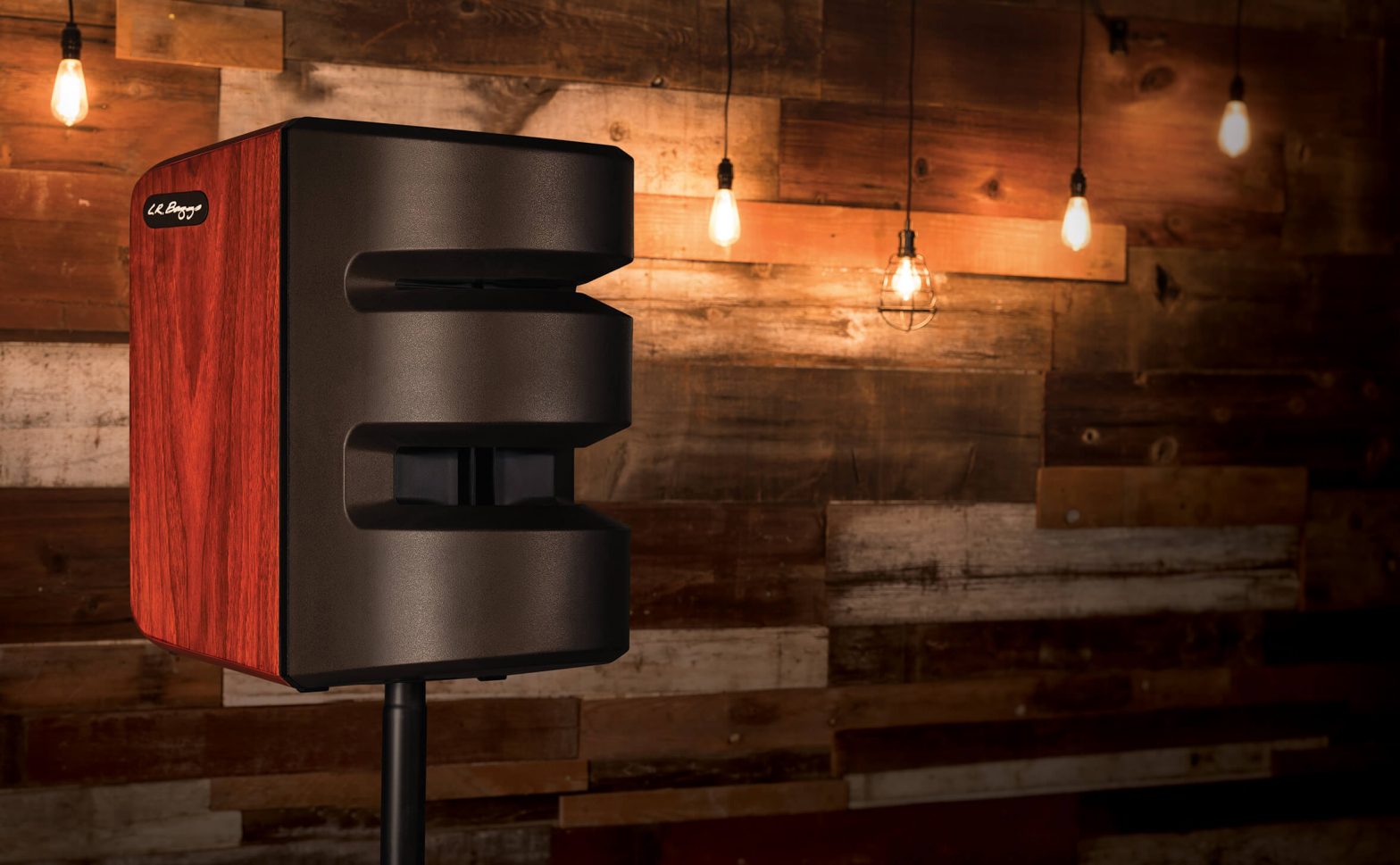 |
L.R. Baggs SynapseA powerful personal PA for acoustic instruments. Read More |
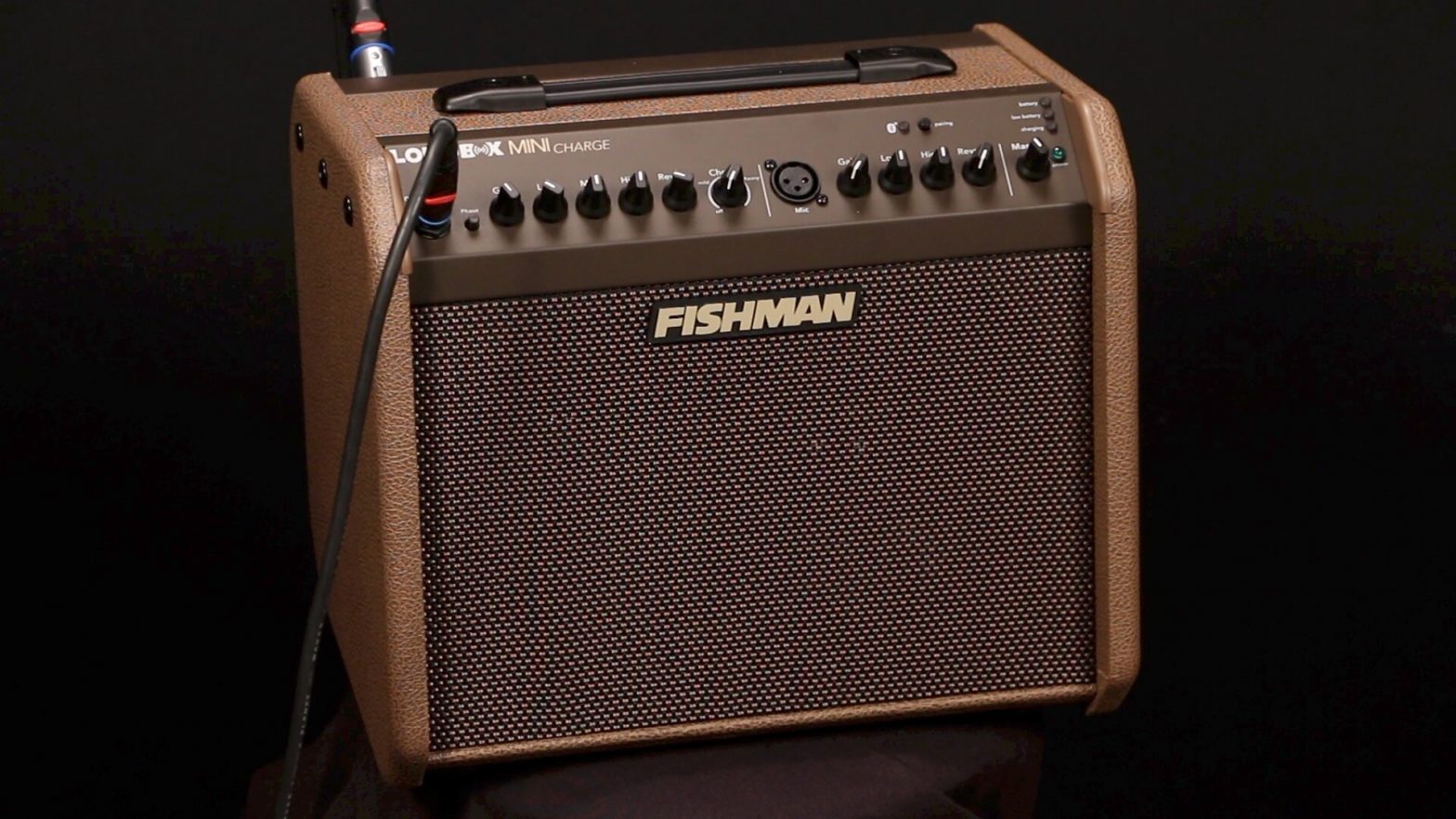 |
Fishman Loudbox Mini ChargeA great new acoustic amp with a built-in rechargeable battery. Read More |
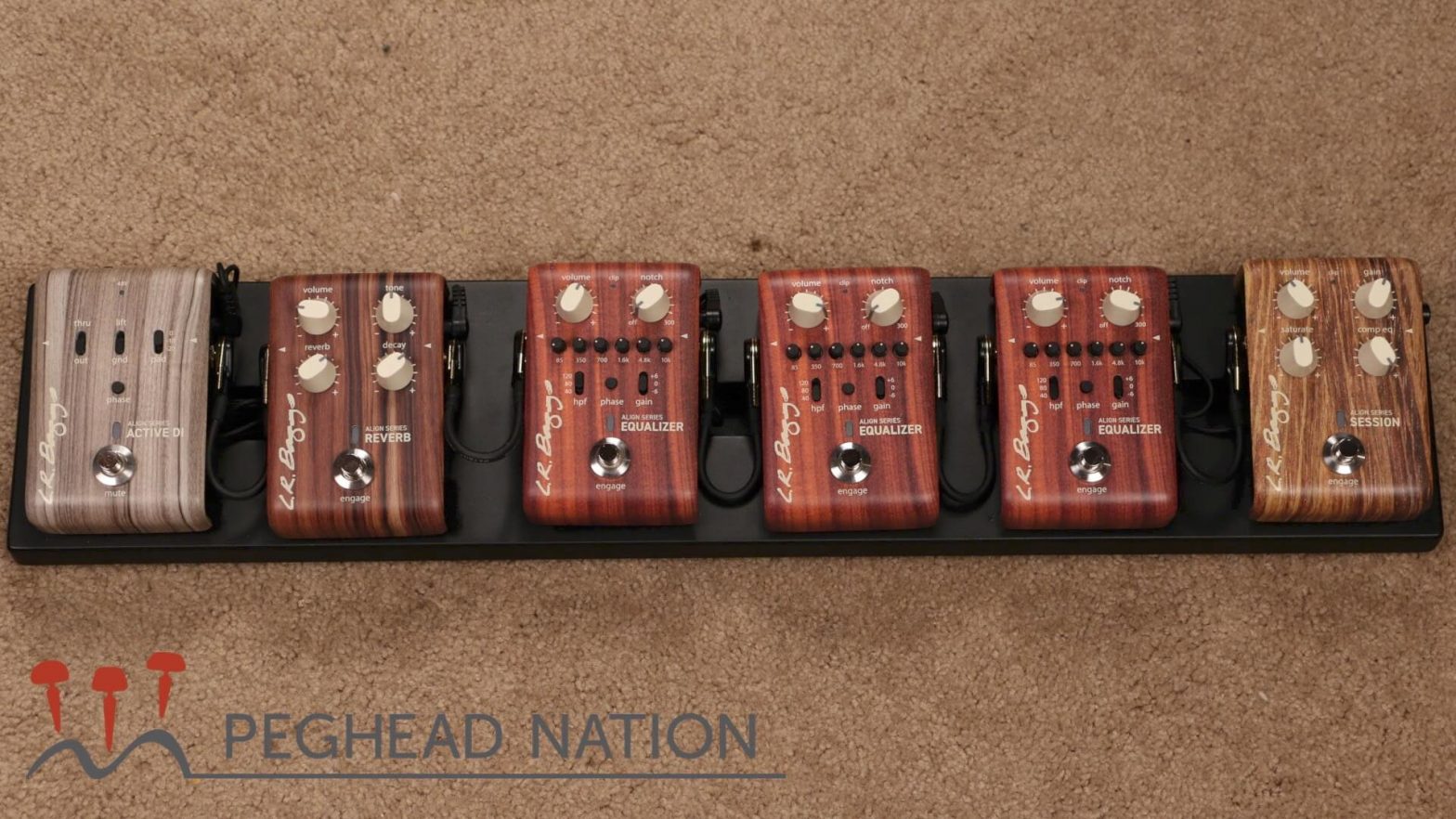 |
L.R. Baggs Align SeriesFour new pedals designed to enhance acoustic amplification. Read More |
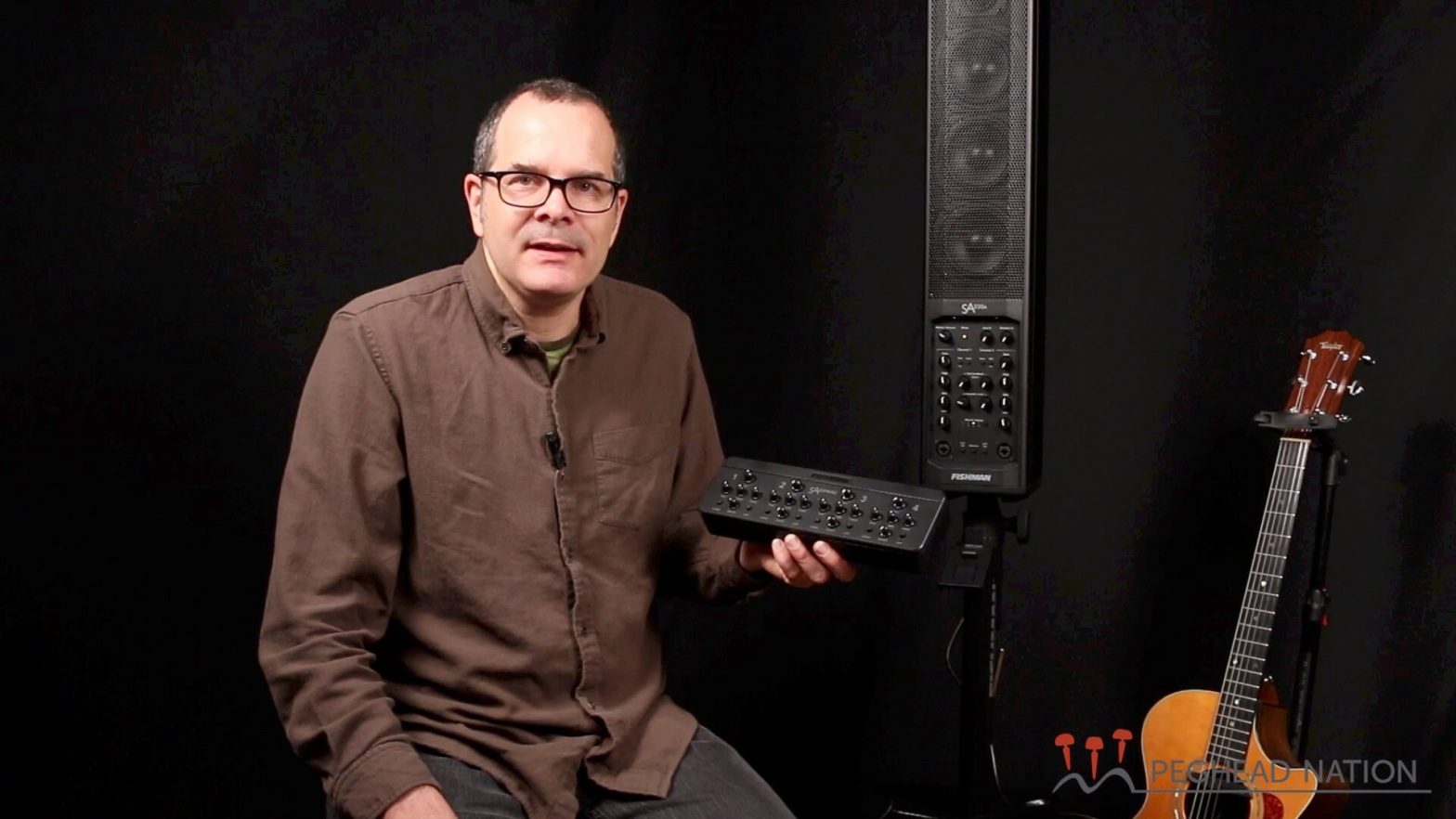 |
Fishman SA330x Performance Audio SystemA powerful personal PA with an expandable design. Read More |
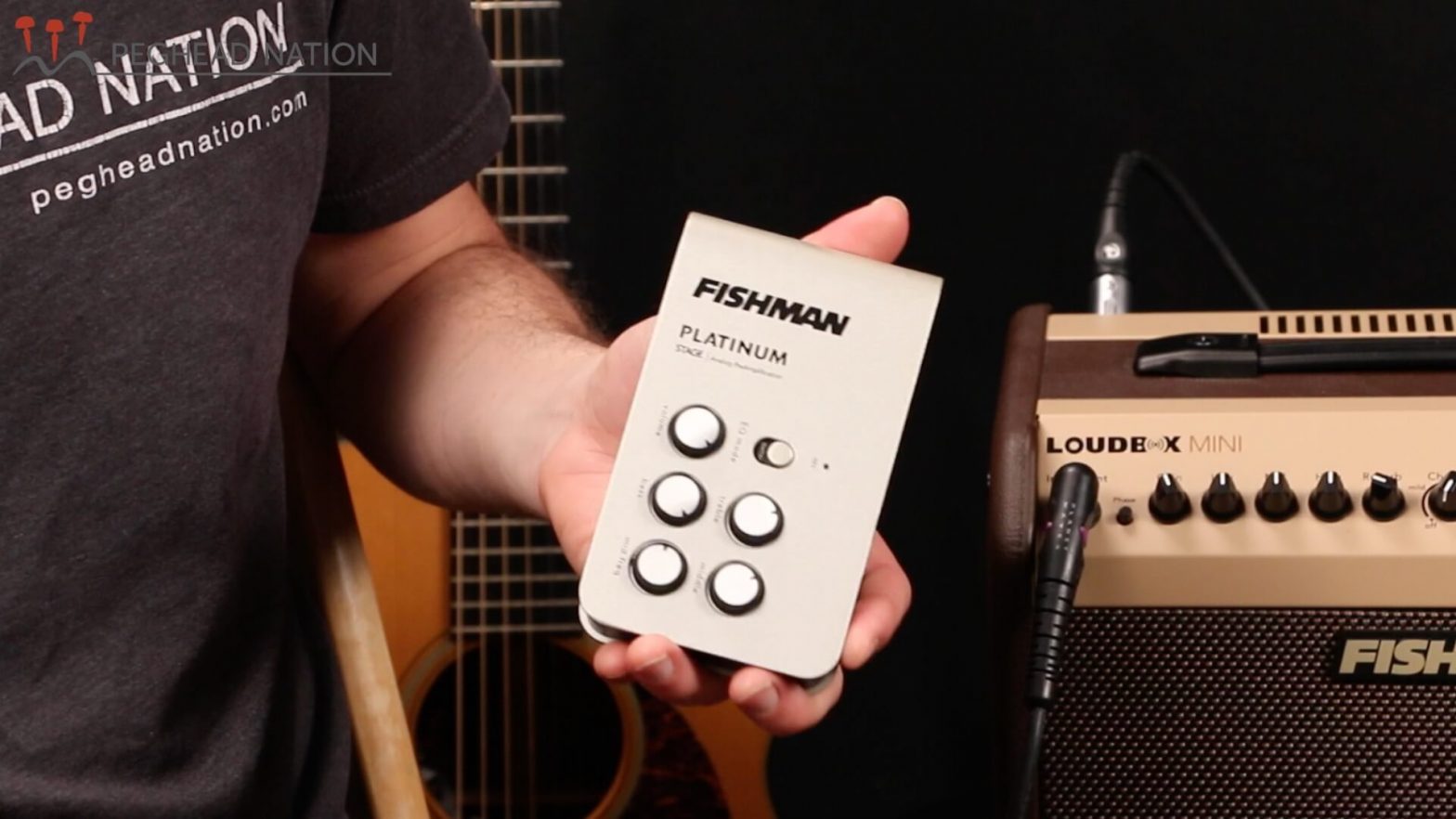 |
Fishman Platinum Stage EQ/DIA powerful and easy-to-use acoustic instrument preamp/DI. Read More |
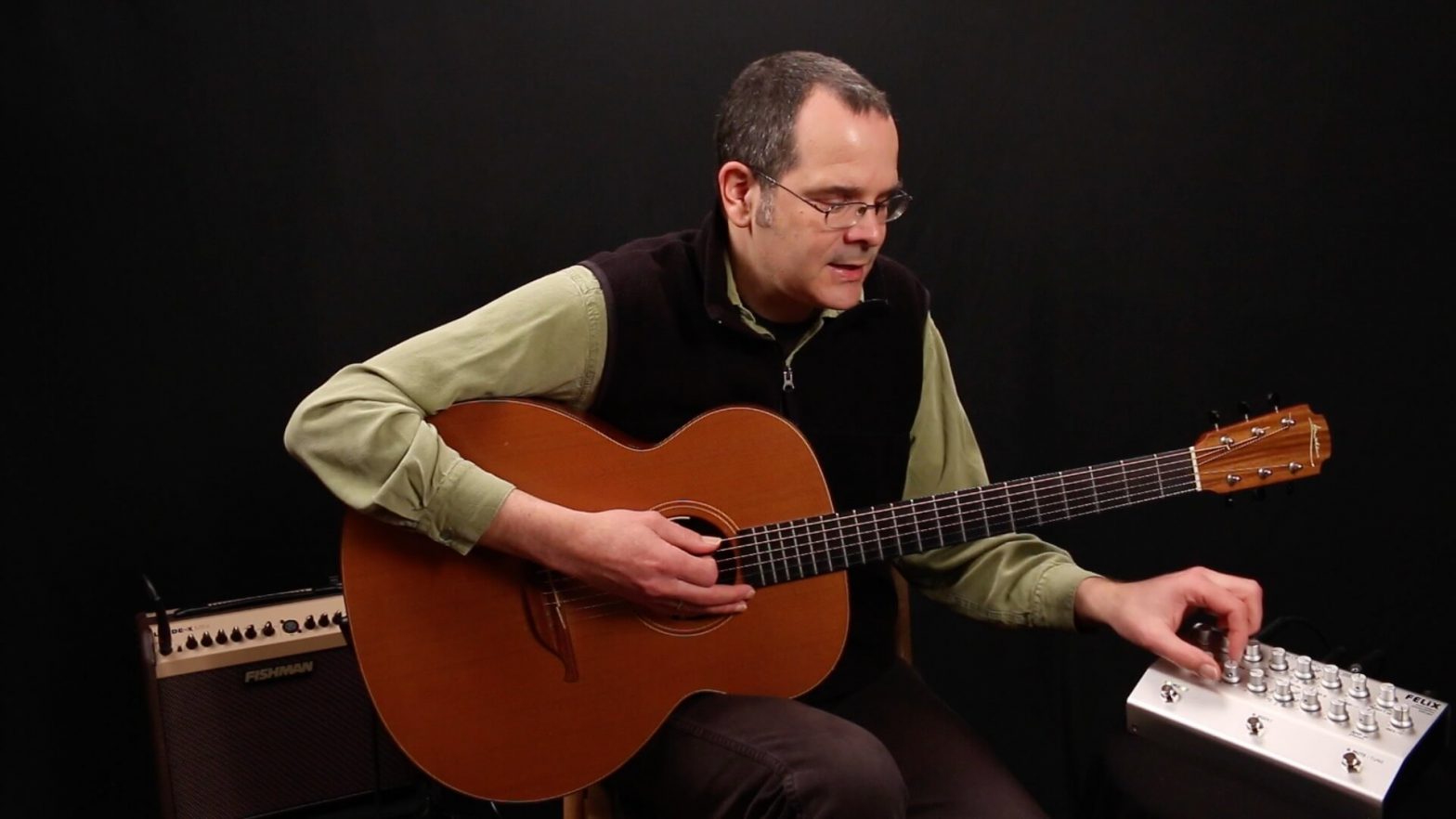 |
Grace Design FelixA great-sounding two-channel instrument preamp with a bevy of smart features. Read More |






